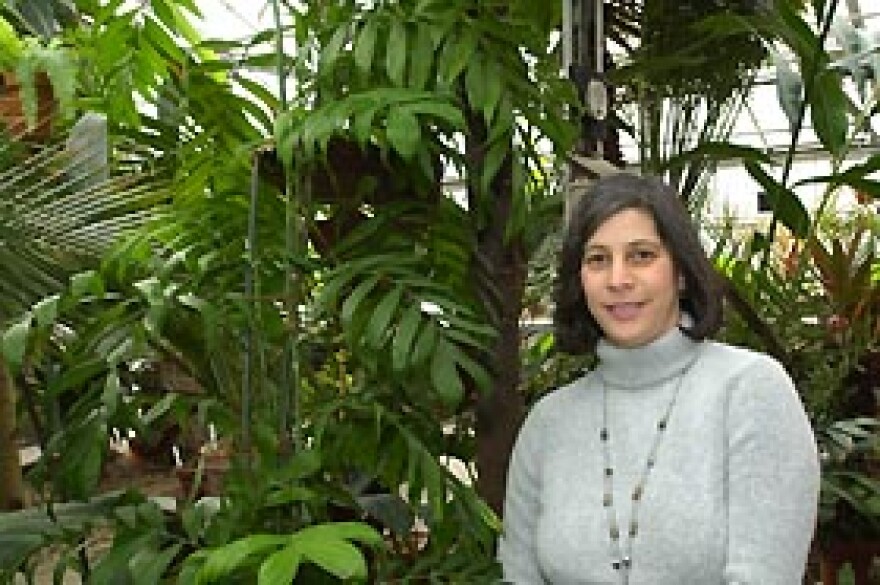The Earth, as we know it, is being threatened by at least two simultaneous environmental crises.
The first is climate change, which is sparking wildfires, droughts, heat waves, and flooding.
The second is a collapse in biodiversity. The clearing of forests and wetlands to accommodate human population growth is destroying wildlife habitat. This has contributed a 68 percent drop in populations of wild animals over the last 50 years.
Fortunately, the solution to the first of these crises could be the same as the solution to the second – and it could be remarkably simple, according to a new report in the journal Nature.
Ecologist Robin Chazdon and colleagues published a report that concludes the answer is allowing just a small portion of farmland around the world to revert to forests, which both absorb carbon dioxide and provide homes for wild animals.
Allowing just 15 percent of agricultural lands to return to tree cover could avoid 60 percent of expected global extinctions, while also sequestering about a third of the carbon dioxide increase in the atmosphere since the Industrial Revolution, according to the study in Nature.
Chazdon, Professor Emeritus at the University of Connecticut and Research Professor at the University of the Sunshine Coast in Australia, explained why farmers might be willing to allow more of their fields to go wild.
“Farmers all over the country, and all over the world, are being impacted by climate change already,” Chazdon said. “And I think many of them see the writing on the wall, already. They realize they need to be part of change. And I think that we need to reframe these policies in terms of wanting a sustainable future for farming and farming families by making these changes.”
In addition to addressing climate change, providing farmers with more financial incentives to grow strips of forests and wetlands between their corn and soybean fields would also reduce a major source of water pollution in the Chesapeake Bay and other waterways by creating natural filters to catch the runoff of fertilizers.
John Marzluff is Professor of Wildlife Science at the University of Washington. He said that allowing strategic reforestation like this is critical, because monoculture farms are wiping out thousands of species, including many songbirds.
“The bobolink is one, the dickcissel is another,” said Marzluff. “And, in addition to just birds, we’ve got mammals as well. We’ve got kit foxes and swift foxes, prairie dogs, and badgers. Lots of animals that are involved in the prairie ecosystem are going down, as well as many of the butterflies that utilized a lot of the weeds that would grow around farmland.”
Even if farmers cleared and planted on 15 percent less land, they could still produce enough food to feed the world’s population, Robin Chazdon argues. In fact, because of more efficient modern farming practices, around the world, obesity today kills more people than starvation, according to the World Health Organization.
However, the political challenges to making the shift in farming policy could be enormous.
This is because the most important farmland to target for reforestation is in equatorial jungle regions like Central America, West Africa and Indonesia, where the greater density of growth harbors more wildlife and absorbs more carbon dioxide, according to the Nature study.
Paying farmers in these regions to clear less land could require wealthier polluting countries like the United States to send millions or billions of dollars to landowners in less developed nations to compensate them for allowing more nature.
This could only happen under the polar opposite of President Trump’s “America First” governing philosophy. We’ll know in less than two weeks – on election day – if America is willing to even think about going there.
“I do hope that the recent push toward sort of isolation and ‘America First,’ is a short-lived phenomenon in our country,” Chazdon said. “I think most people in our country don’t think that way. People are beginning to see all these important connections.”
………………
Photo of Professor Robin Chazdon by the University of Connecticut / Peter Morenus




